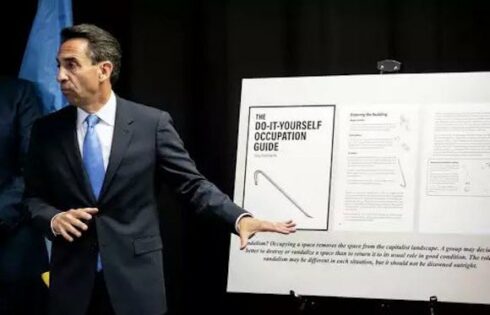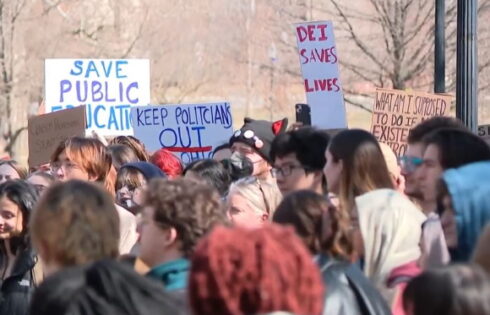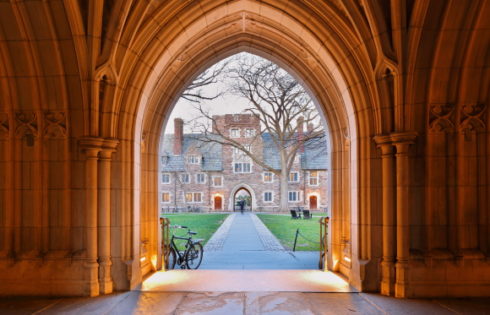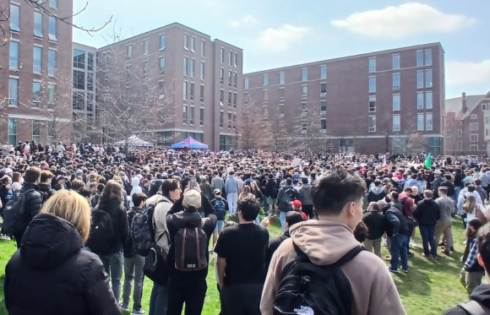The two are not necessarily dissimilar
For a number of years, for-profit universities have been under serious criticism from liberals (who, to be honest, are often hostile toward *any* kind of for-profit endeavor). Among the many charges the Left levels at for-profit institutions is that their students often struggle mightily to pay back their loans.
Writing at National Review, Jason Delisle makes a persuasive case that public universities are not immune to this issue. As an example he cites the University of Maryland University College, a school that advertises heavily in the D.C. metro area. “The school saturates the TV and radio airwaves, as well as city buses and the metro subway system, with ads promoting its programs for working adults and non-traditional students,” Delisle writes; importantly, “UMUC goes out of its way to tell prospective students that it is not a for-profit university. One large UMUC banner in a Philadelphia train station brags that UMUC is a ‘respected online state university’.”
“Why does UMUC tout its state-university status?” Delisle asks. “Probably because, at least relative to ‘for-profit,’ ‘state’ or ‘public’ is associated with quality. It also implies that students can trust UMUC; as a state school, UMUC is surely not a diploma mill or an unscrupulous business trying to make a quick buck by enrolling thousands of students in programs that never pay off.”
Noting that the Obama administration previously targeted for-profit schools by claiming that they needed “extra regulatory scrutiny…because their profit motivation gives them an incentive to rip students off.” The administration “assessed students’ debts and incomes after leaving a for-profit institution,” a rule from which public institutions were largely exempt.
How does Maryland’s University College fare under this test, Delisle writes? Not well:
According to a Department of Education data hosted at the Brookings Institution, undergraduate students at UMUC paid down only 7 percent of their outstanding student-loan balances within five years of entering repayment. That is a lower share than students at most of the major for-profit institutions. It’s less than half the amount that students at the University of Phoenix and DeVry University had repaid over that time period. It’s also less than what students paid down at Strayer University and Kaplan University.
Looking at graduate programs, UMUC’s students fare worse than those at most large for-profit institutions. Its graduate students as a group owed 1 percent more on their debts five years after those loans came due, meaning accruing interest exceeded total payments. Of all large for-profit institutions, only graduate students at the Academy of Art University in San Francisco had paid down less of their debts (−2 percent) than those at UMUC. Name a large for-profit university, and chances are its graduate students have a better track record paying down their loans than do those from UMUC.
“The UMUC case demonstrates that being a public university does not guarantee student outcomes will be better than those at for-profit institutions,” Delisle points out. “Outcomes can be worse.”
Like The College Fix on Facebook / Follow us on Twitter




Add to the Discussion